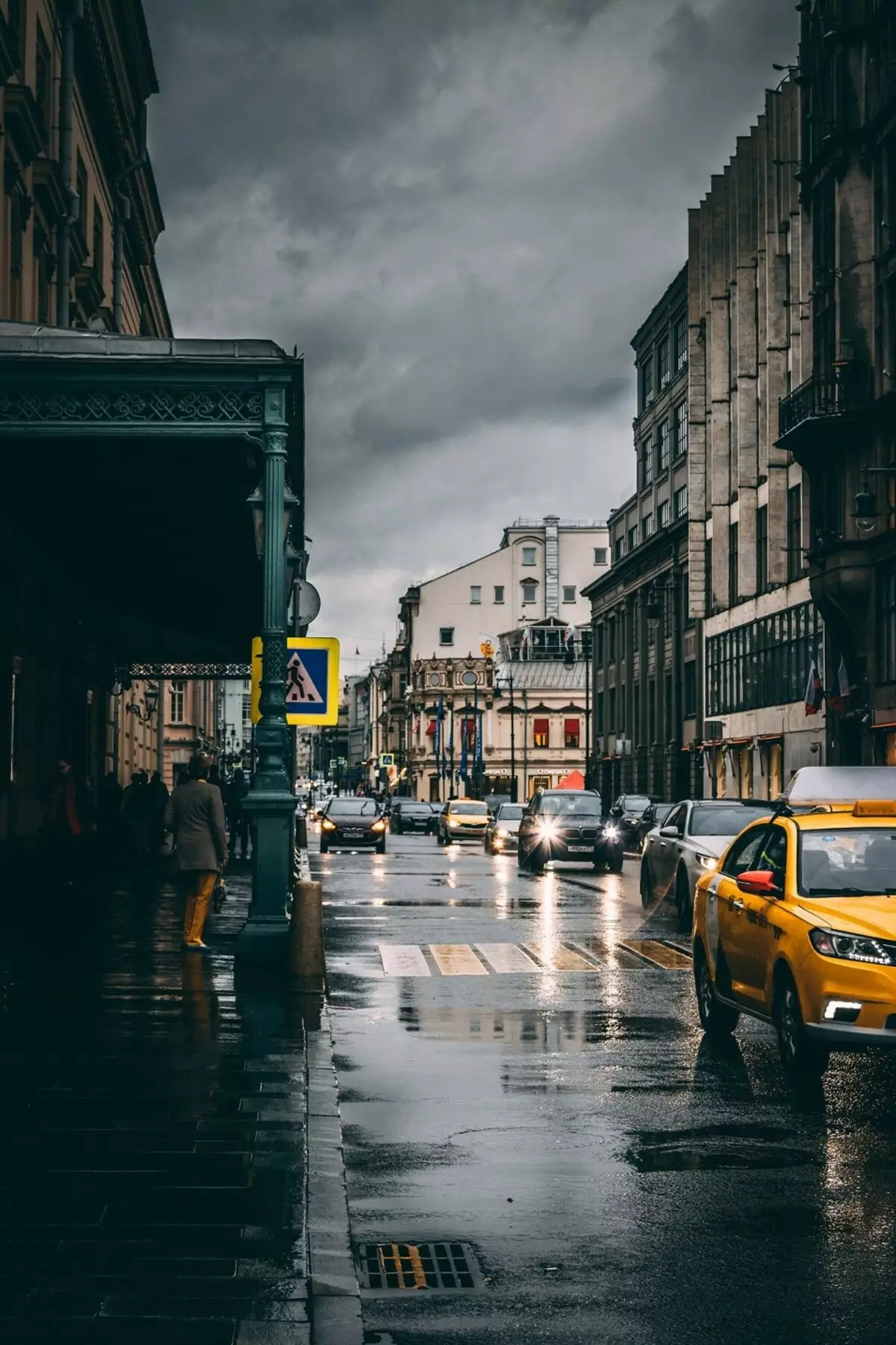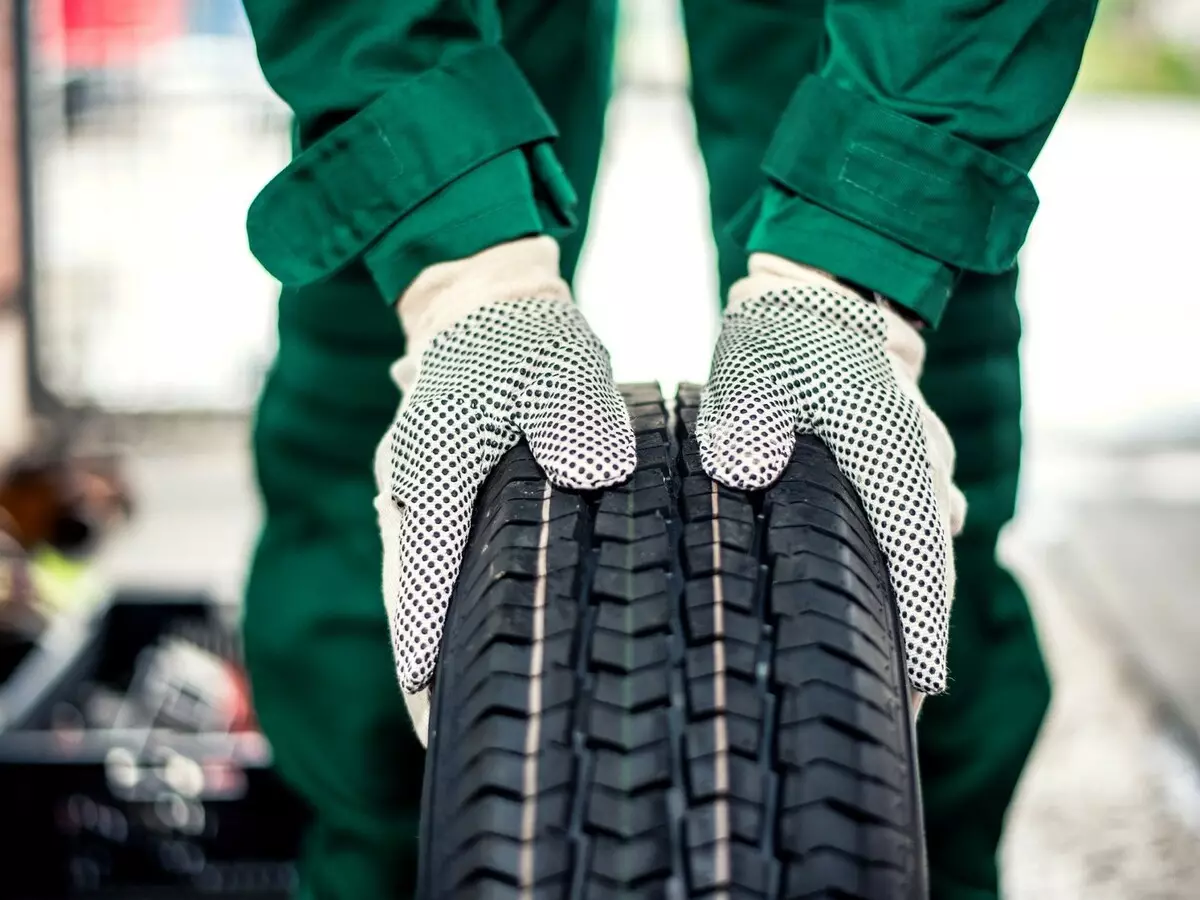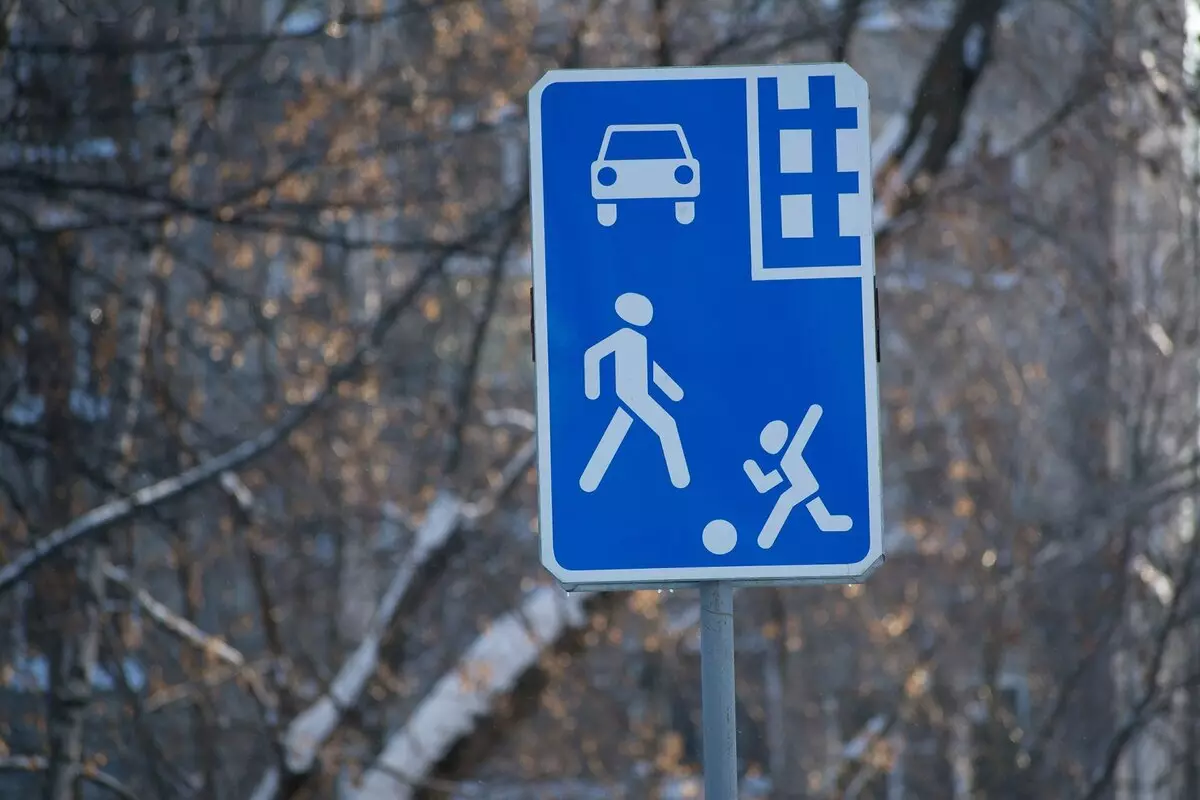It is only on the Calendar March - already spring. And in fact - neither here. Off-season. The most cunning period for the driver period. Because it was during this period on the wave of a universal positive and in view of the road perspective, which opens up an asphalt, I really want to add gas. At least within unfortunate values. The traffic police strongly recommends that all drivers suppress this desire in themselves! Accounting statistics, which, as is known, is written by blood, testifies: From year to year, an accident is registered in the offseason. Including with severe consequences. There are a lot of reasons for this: it is characteristic of this time of temperature differences, and the car is too early in the "summer" rubber, and the condition of the road surface, which the order suffered over the winter.

And of course, the human factor in its most diverse manifestations: Slowly glorifying on the roads of "Snowdrops", newcomers who have received the rights of this winter, independently opened the season of motorcyclists, cyclists and even pedestrians. Yes, we all overwhelmed from speeds, active maneuvers, react slowly and make decisions. This is physiology, and it does not particularly depend on the level of driver's preparedness, its intellectual or any other abilities. Even experienced drivers need some time to remember how the car behaves on dry coverage at decent speeds - as professionals say, "ride in season."
On how to make this process as safe as possible for yourself and other participants in the road, we were told in the Russian State Traffic Inspectorate.
Pull the rubberProper rubber is an important safety factor. To rebuild the car for the season, the car owners are given for three months - March, April and May. This is because the country is large and climatically diverse. March somewhere in Norilsk this is not March in Krasnodar. So in the same time boundaries, guided common sense and knowledge that summer rubber mixtures start working at a temperature above +5 ° C. Once the average daily temperature comes to sustainable values +5 - +7 and meteorologists will cease to scare us by the likelihood of a sharp cooling, you can "reincarnate." Actually, it is known to any car owner. And still every year there are people who are in a hurry to change the rubber already in the first days of March to avoid seasonal queues in the tire terminal. Many of them from tires get straight to "tinsmiths." And even on the hospital bed. At the beginning of the spring, night frosts are still frequent, on the road surface is formed, a cold mud film is formed. And summer tires under these conditions cannot provide a proper clutch level.

Spring ice is perhaps the winter more dangerous. If in winter, frightened and snow nanos on the road are clearly visible, and, approaching a dangerous part of the road, the driver drops in advance the speed, thus preventing the possible drift, then the spring "black ice" is always a surprise. Something like that gopher from a joke. We do not see him, but he is! Thin icy glaze on the asphalt formed on the boundary of positive and negative temperatures is almost indistinguishable on a wet coating. Yes, everyone knows that it usually occurs on blowing overpass and on the departures from the tunnels. But these are only the most obvious places. And there are still low traffic tracks, where you can go to spring frown anywhere. There are areas of roads in lowlands, where little sunlight falls. Yes, a lot of things - all do not list, do not predict. But you can and need to take care in advance to minimize the consequences of this meeting. That is, we have fun, without harsh maneuvers, observing a sufficient distance with ahead of the coming transport. And stick to this style of driving until the phenomenon itself disappears. That is, before the onset of heat.

Yes, winter retreats. But leaving, she reserves potholes, bumps and cracks on the roads. Any driver knows that the usual suicide puddle can hide the pit, deep, as the despair of the motorist in her. Therefore, the puddles should be clogged. And since they are found on the spring roads everywhere, you should always be prepared for an unexpected maneuver. Is it worth explaining that emergency braking at low speeds while maintaining the proper distance with a car moving in front is much safer. In a word, we open traffic rules and reread 2.10 and paragraph 10.1 again.
Clean as security depositWe are not about the zelocky virus now and washing hands. We are about the fact that, even if the street is dirty - and at this time this is the usual state of our streets, - the car still follows more often. Not in order to demonstrate that you are the above circumstances, but in order not to please in an accident due to dirty stop signals. Dirty stop signals are very often complemented by a dent on the trunk and a swollen rear bumper. Because the one who was driving from behind, did not have time to respond to braking. This is a very popular spring story. With a relatively prosperous finale. Maybe worse.
In purity and, of course, in good condition should contain all external lighting devices. This is an extraimatic requirement, but in the offseason, on dirty roads, in conditions of insufficient due to wet snow and the rain of visibility increases its significance. It is very important to use the outside light competently, but with this many problems. It suffices to say that the rear fog lamp, specially intended for movement in conditions of insufficient visibility, in practice no more than 10-15 percent drivers are used. Do not neglect - it can save your life. And again, refer to chapter 19 traffic rules "Use external lighting devices and sound signals."
Rule "Three D"Three D is usually decrypted as "give a fool's way." Fools really better stay away. Still, the task of any driver - to move safely from point A to point B, and not to do unreasonable. But it is not only about them. The "Three D" rule can be interpreted as "give the way a grandfather." That grandfather, who in the winter puts the car to the joke, and in the spring on the eve of the summer season, slowly chosen on the road. Machines for such drivers are often old. Faulty external lighting devices, overwhelming brake cylinders - the case is usual. And the drivers themselves are also old. And they are no longer the reaction rate, and the vision sums up, and memory. Forget to turn on-turn off the turn signals, ignore the rearview mirrors, do not check the "dead zones". And from the road, they completely looked off for the winter. And the time to get used to re-, they need more than we. So: while the adaptation period is going, it is better to stay from them at the most secure distance. If you move in parallel, then a little ahead so that you can be clearly visible in the side window. If you overtake - snag. But briefly! Notifying, not indignant. Your indignation will only aggravate panic and can provoke an elderly driver for some unexpected maneuver. Stay if not friendly, then at least calmly.

Also behave in relation to newbies. Among them are those who received the right in winter. And believe me, the transition from a winter style driving to the summer for them is a real problem. It is this category of drivers that experts consider the most unpredictable and dangerous.
Another option to decipher the notorious "three d" - "give way to children." Actually, this is a year-round rule. But as children warming on the street is added. And maybe you did not know about it, but the children's body is much more violently experiencing the offensive of spring. The usual seasons when changing the ejection of neurotransmitters in small people occurs more actively and more powerful. At the same time there is no sense of self-preservation. Therefore, even very obedient and prudent children in the spring chalet. In annex to road safety, this means that drivers should strengthen the vigilance. DVORS, parts of the road near residential buildings, playgrounds and pedestrian crossings - high attention zones. On the approach to them, we discard the speed in advance, carefully follow the situation on the road and predicting every second, literally from nowhere we expect the emergence of a careless spring child. Especially gently behave in conditions of insufficient visibility. Yes, in recent years, the number of parents who care about the child's clothing need to have retroreflective elements, gained. But 100 percent has not yet reached. So be vigilant and extremely neat! Well, they control their children. Do not be lazy to check whether the light railings are enough on their clothes. Do you have a backpack? And on scooter? And on the Great?

By the way, about cyclists. As well as scooters, motorcyclists and other drivers of two-wheeled vehicles. They are already gradually traveling to common roads. For the winter, motorists from them looked off. Forgotten how it happens when it is suddenly from somewhere on the side or behind ... There is nothing to do, we will get used to! Really accustom to pay attention to the rear hemisphere even with small displacements within its band and in maneuvers control the situation not only in the mirrors, but also looking around. And of course, to hope that the owners of two-wheeled vehicles will enter the season carefully, with the compliance of the prescribed rules.
After all, what is the main thing for us now? To stop the spring exacerbation in time! So that it does not rearrange in a heavy chronicle and tragic statistics. So that those who go - on four, two, one wheel, - and those who move on foot, and big, and small - all-all-all safely overwhelmed off season and living, healthy, without moral and material losses waited for real heat .
